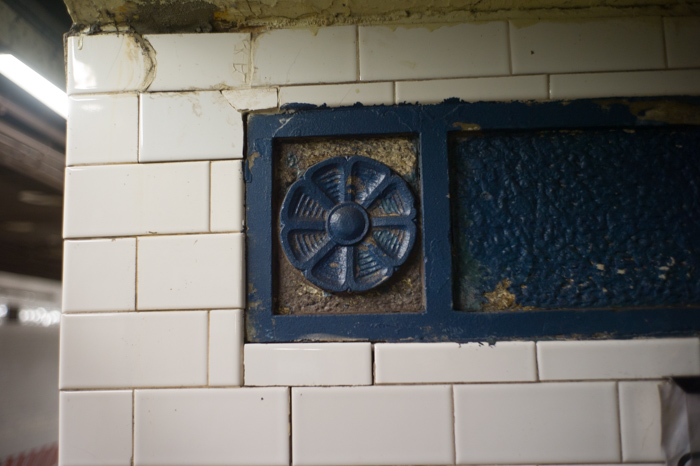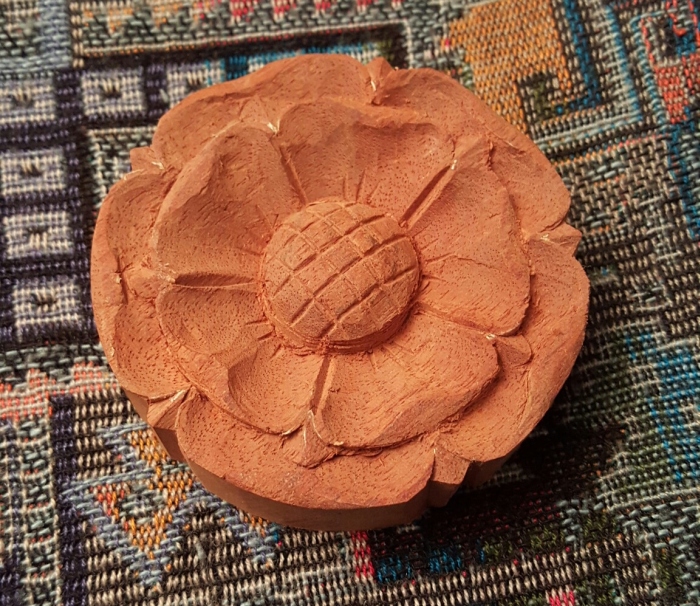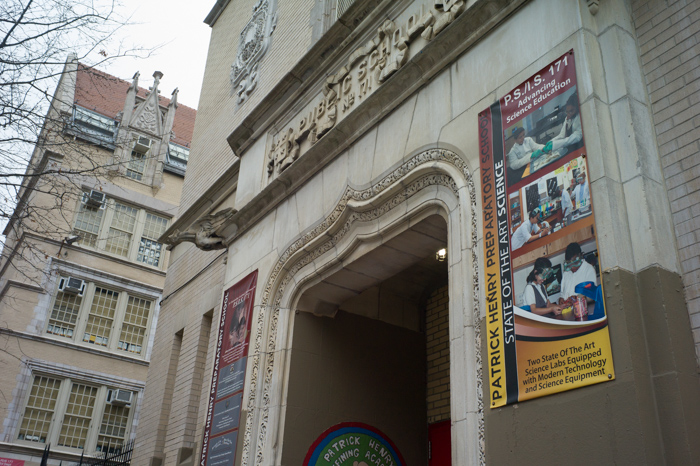 The volcabulary of ornament contains many different elements of design, all of which have been used at one time or another to decorate objects. The most obvious are the basic ogee and cove moldings we find on furniture and architectural items going back centuries. Other bits of that vocabulary include Doric, Ionic, and Corinthian columns which date back to Roman and Greek times. We don't call those elements "classic" without cause. The volcabulary of ornament contains many different elements of design, all of which have been used at one time or another to decorate objects. The most obvious are the basic ogee and cove moldings we find on furniture and architectural items going back centuries. Other bits of that vocabulary include Doric, Ionic, and Corinthian columns which date back to Roman and Greek times. We don't call those elements "classic" without cause.
The Tudor Rose is another classic bit of decoration dating from at least the 16th century and the Tudor Dynasty (1485 - 1603) - Henry VII - Elizabeth I. The photo below is of a tudor rose I carved following instructions in E. J. Tangermans wonderful book "Whittling and Woodcarving". I just did the one but the design is a standard decoration that you routinely see in rows and rows all over Tudor and Neo-Tudor era buildings. . .
Up until the 1920's when architecture became more about the overall silhouette of a building (IE the scale model of the building could impress a client) than the details (the things that catch our eye on a daily basis) buildings and furniture were covered in all sorts of decoration. Below you have a picture of a random older school building with really wonderful carved scrollwork at the entrance.
 So here I am, on my way to the Museum of the City of New York ( see the blog I wrote about that) and I am standing in the IRT Union Square station - build 1904 - and I noticed that in a cast lintel supporting a staircase we have a modified Tudor Rose (top picture). There is absolutely no reason for the rose to be there. You can even say that the decoration is inconsistent with the surrounding area, but them 1904 station builders could not resist. The detail is cast in, so it doesn't cost much to do. It is an exposed surface, so why the heck not decorate it. And what we end up with is a late Victorian subway station with their take on a sixteenth century design element. And if that's not cool I don't know what is! So here I am, on my way to the Museum of the City of New York ( see the blog I wrote about that) and I am standing in the IRT Union Square station - build 1904 - and I noticed that in a cast lintel supporting a staircase we have a modified Tudor Rose (top picture). There is absolutely no reason for the rose to be there. You can even say that the decoration is inconsistent with the surrounding area, but them 1904 station builders could not resist. The detail is cast in, so it doesn't cost much to do. It is an exposed surface, so why the heck not decorate it. And what we end up with is a late Victorian subway station with their take on a sixteenth century design element. And if that's not cool I don't know what is!
|
 Joel's Blog
Joel's Blog Built-It Blog
Built-It Blog Video Roundup
Video Roundup Classes & Events
Classes & Events Work Magazine
Work Magazine


 The volcabulary of ornament contains many different elements of design, all of which have been used at one time or another to decorate objects. The most obvious are the basic ogee and cove moldings we find on furniture and architectural items going back centuries. Other bits of that vocabulary include Doric, Ionic, and Corinthian columns which date back to Roman and Greek times. We don't call those elements "classic" without cause.
The volcabulary of ornament contains many different elements of design, all of which have been used at one time or another to decorate objects. The most obvious are the basic ogee and cove moldings we find on furniture and architectural items going back centuries. Other bits of that vocabulary include Doric, Ionic, and Corinthian columns which date back to Roman and Greek times. We don't call those elements "classic" without cause.  .
.  So here I am, on my way to the Museum of the City of New York (
So here I am, on my way to the Museum of the City of New York (
there is a lot to relate to. Moved to Richmond Hill Queens in the mid 60's and Manhattan in the early 70's.
Love the stories of your trips to so many places that I have been and enjoyed with less than your careful eye.
Please keep them coming and someday I will buy more than the holdfasts from you.
We need more people to bring the craft to others.
Johann